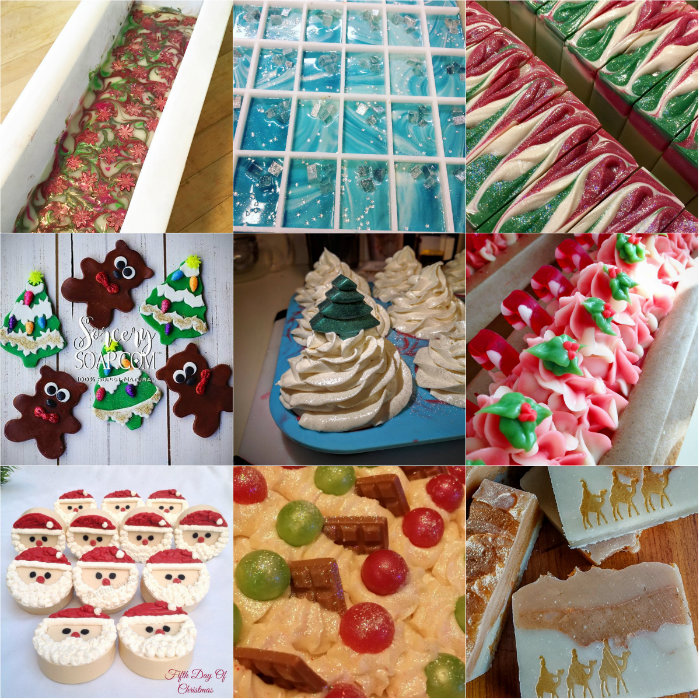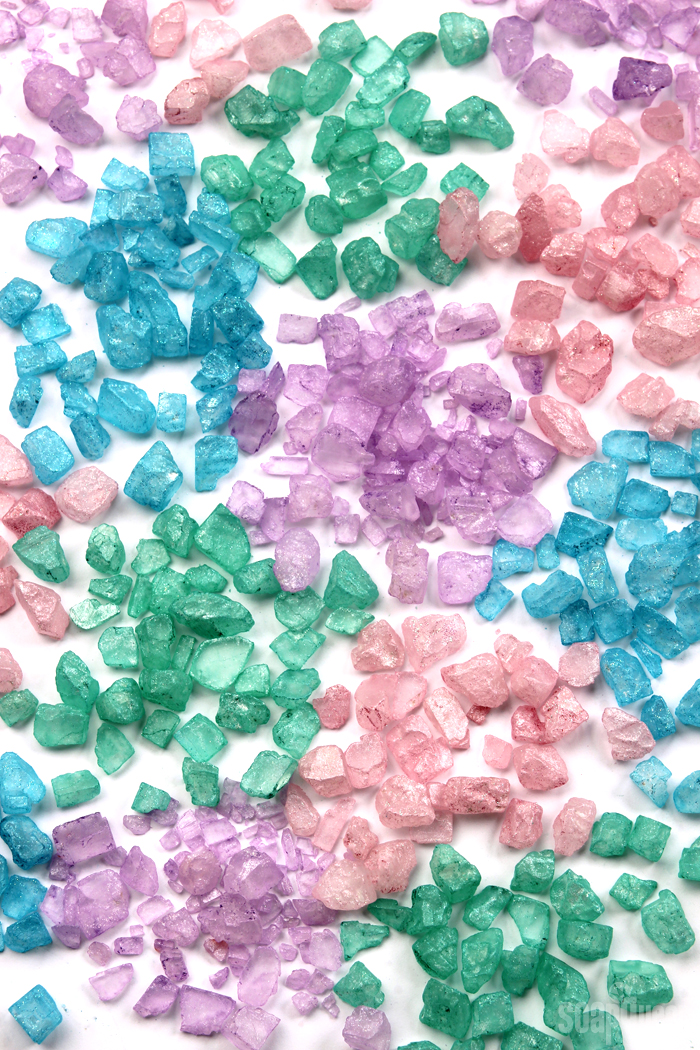This week featured new ideas to try this holiday season. The Horse Sculpted Layers Soap Tutorial is a newer technique made popular by Claudia Carpenter of Om Nom Soap. It involves using cardboard cutouts to create shapes in your soap. We used a horse cutout and an in-the-pot swirl to create these bars. It is an advanced tutorial that requires patience, but we think the results are definitely worth it!
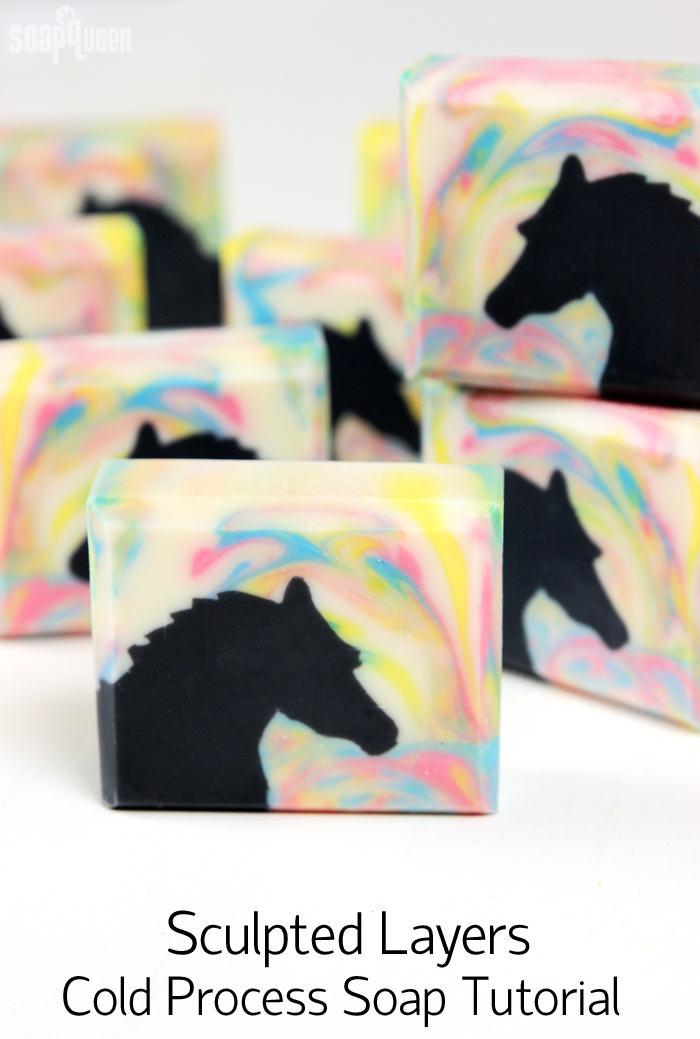
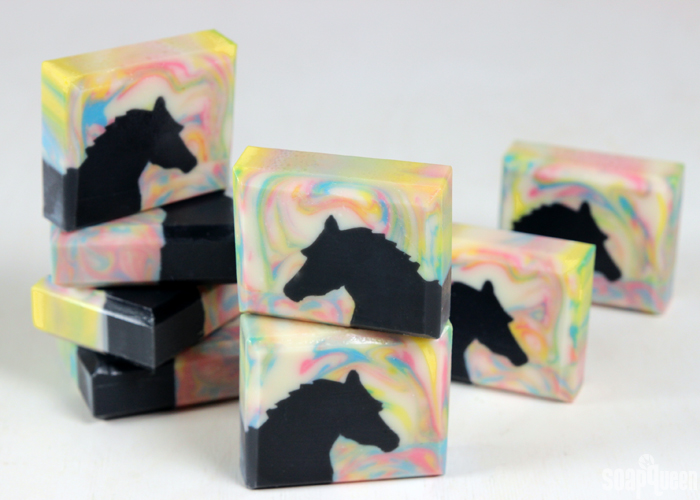






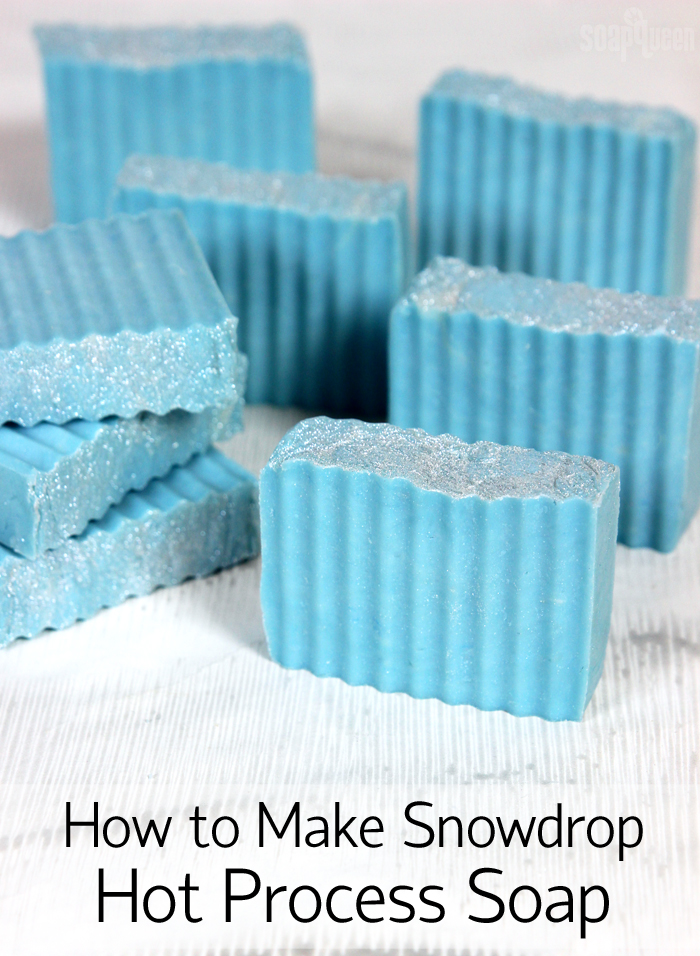
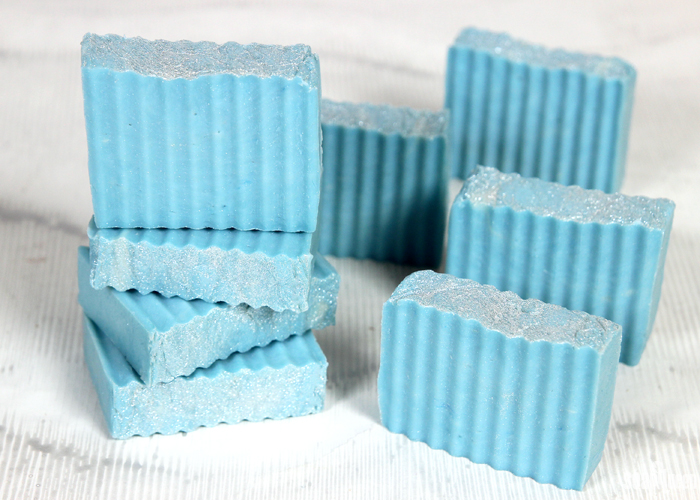


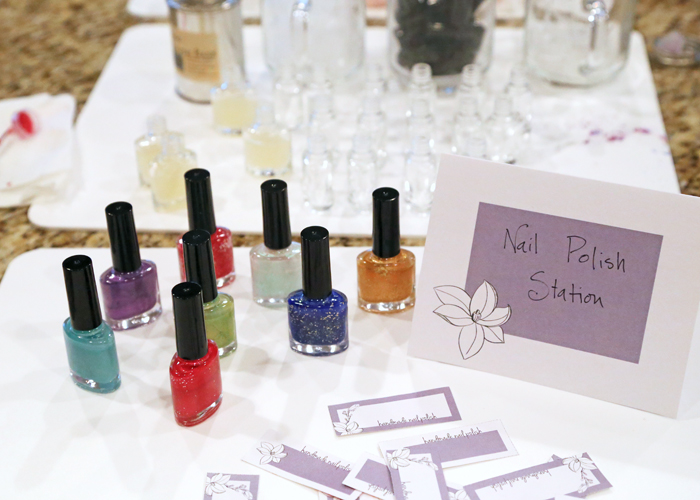
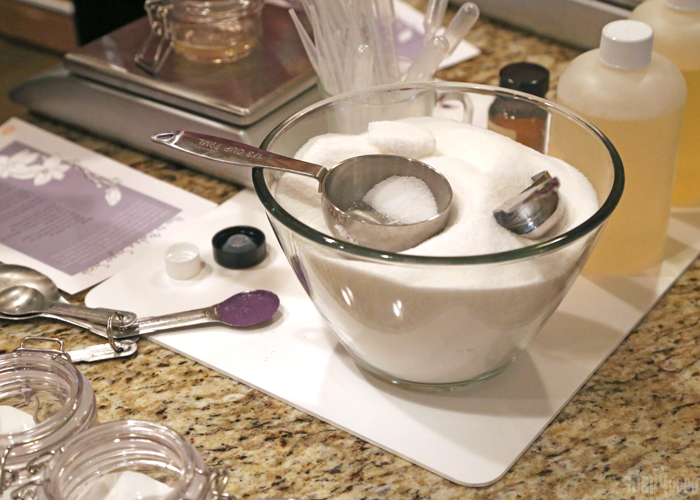



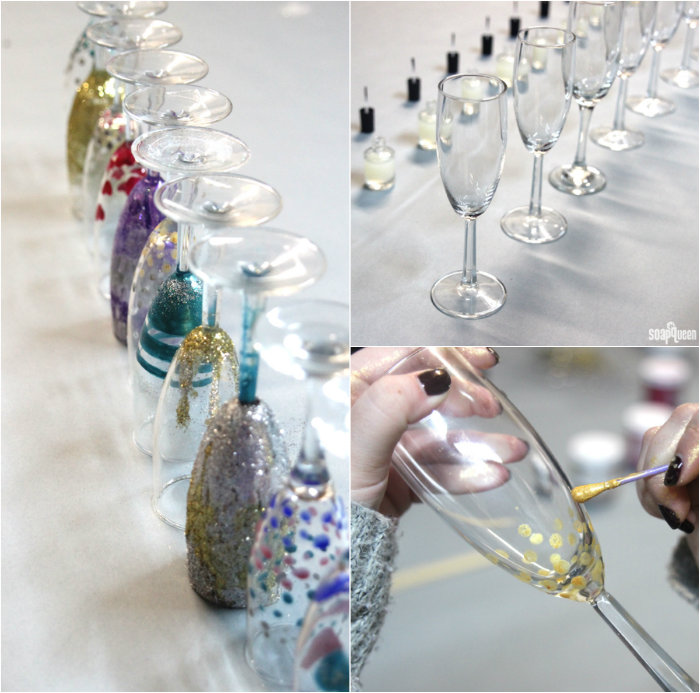 A
A 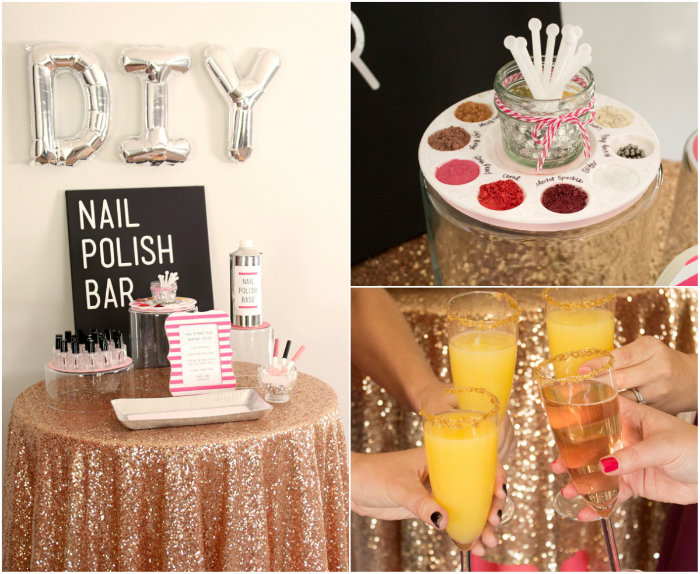 Jen of
Jen of 



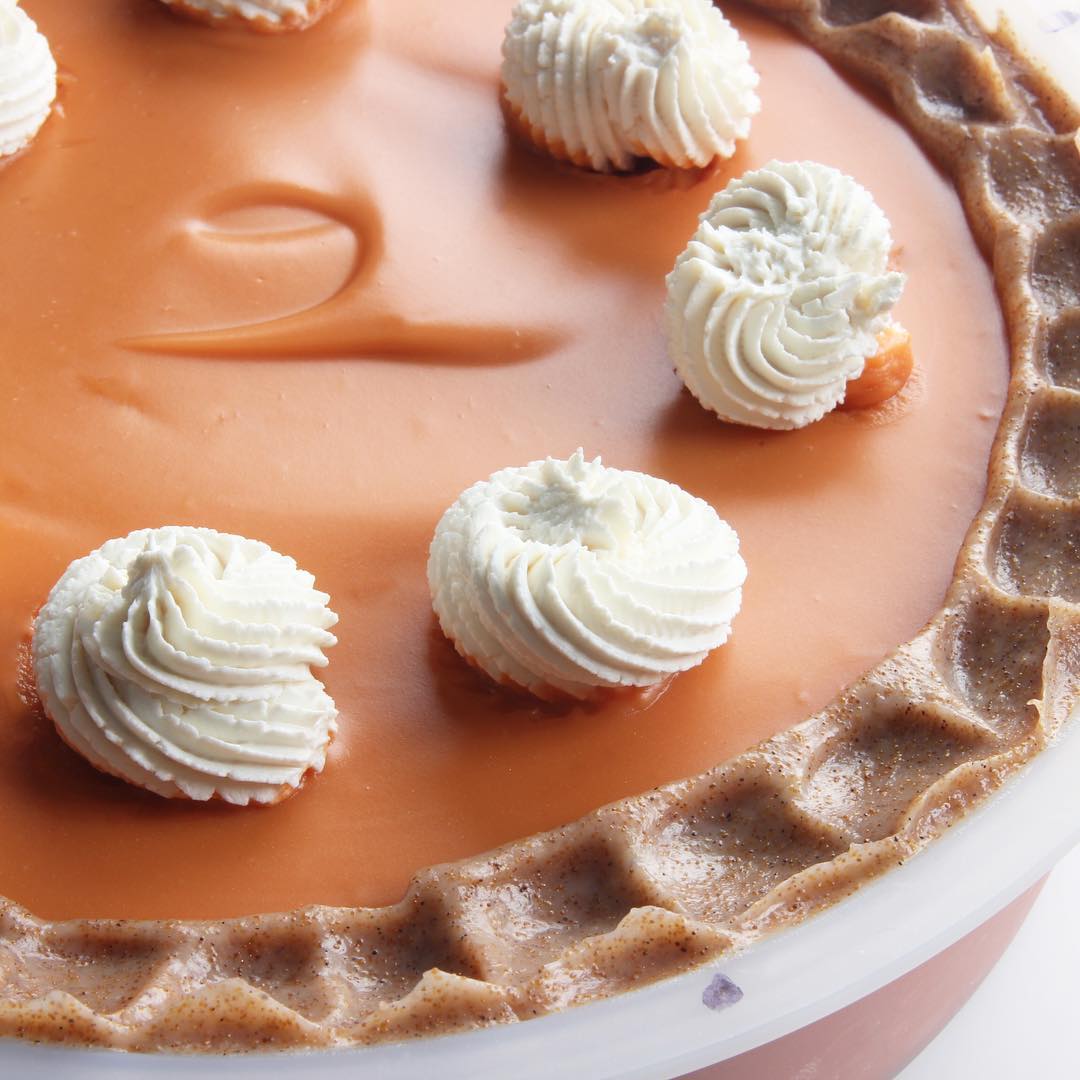

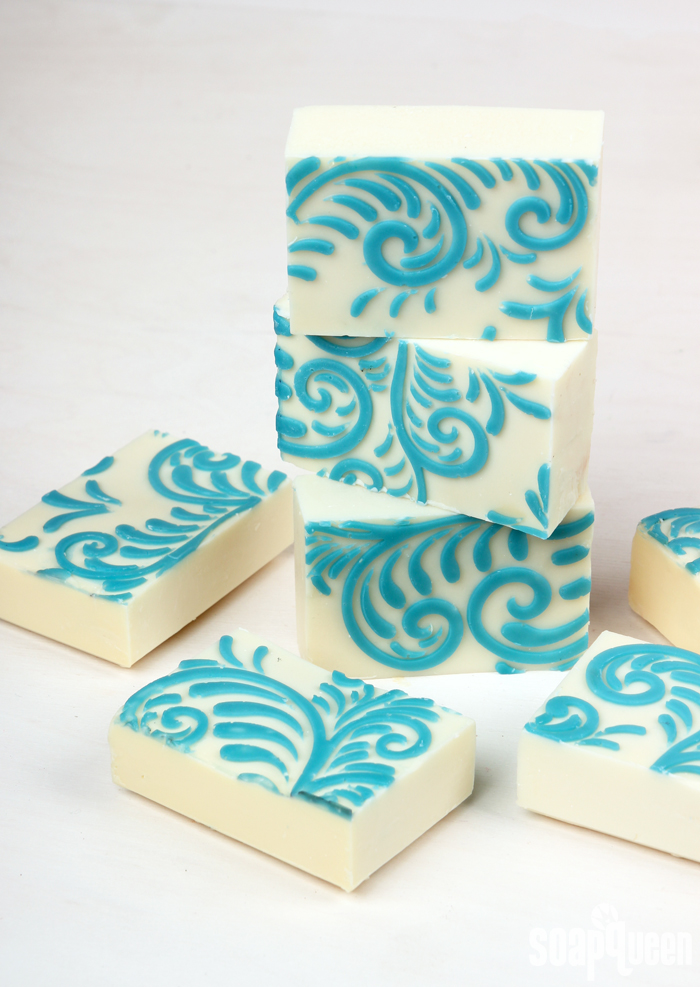


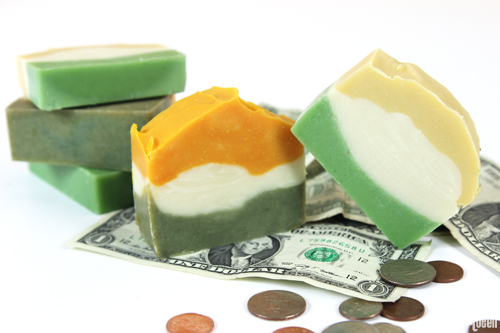
 Make sure to register your name on various social media channels ASAP, even if you don’t plan on using it.
Make sure to register your name on various social media channels ASAP, even if you don’t plan on using it.  During my early days of selling soap, I didn’t have a trademark. Many small businesses don’t obtain a trademark for several years.
During my early days of selling soap, I didn’t have a trademark. Many small businesses don’t obtain a trademark for several years.

 Far left, clockwise:
Far left, clockwise: 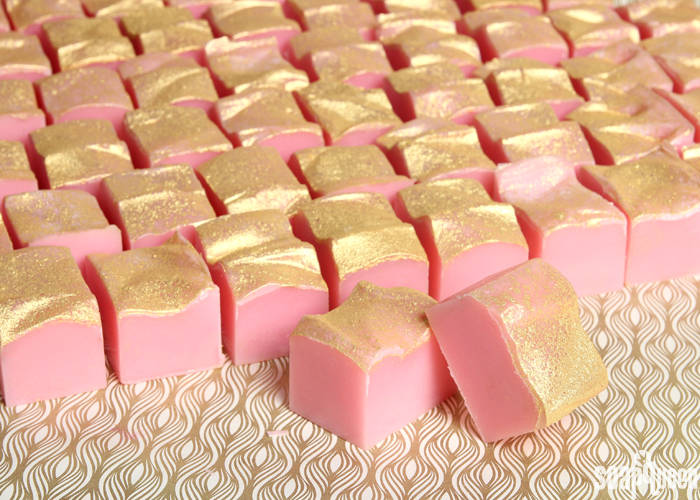 If you have a lot of gifts to give,
If you have a lot of gifts to give,  Left to right, clockwise:
Left to right, clockwise: 
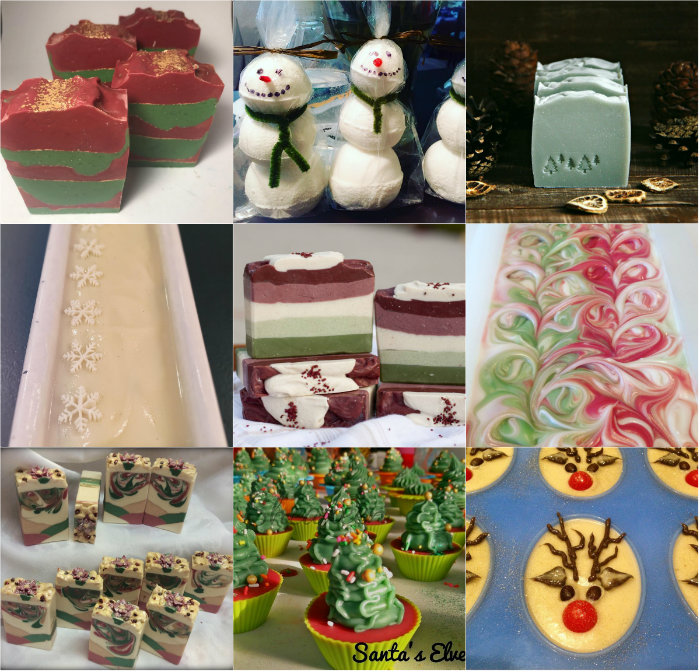 Top row, left to right:
Top row, left to right: 